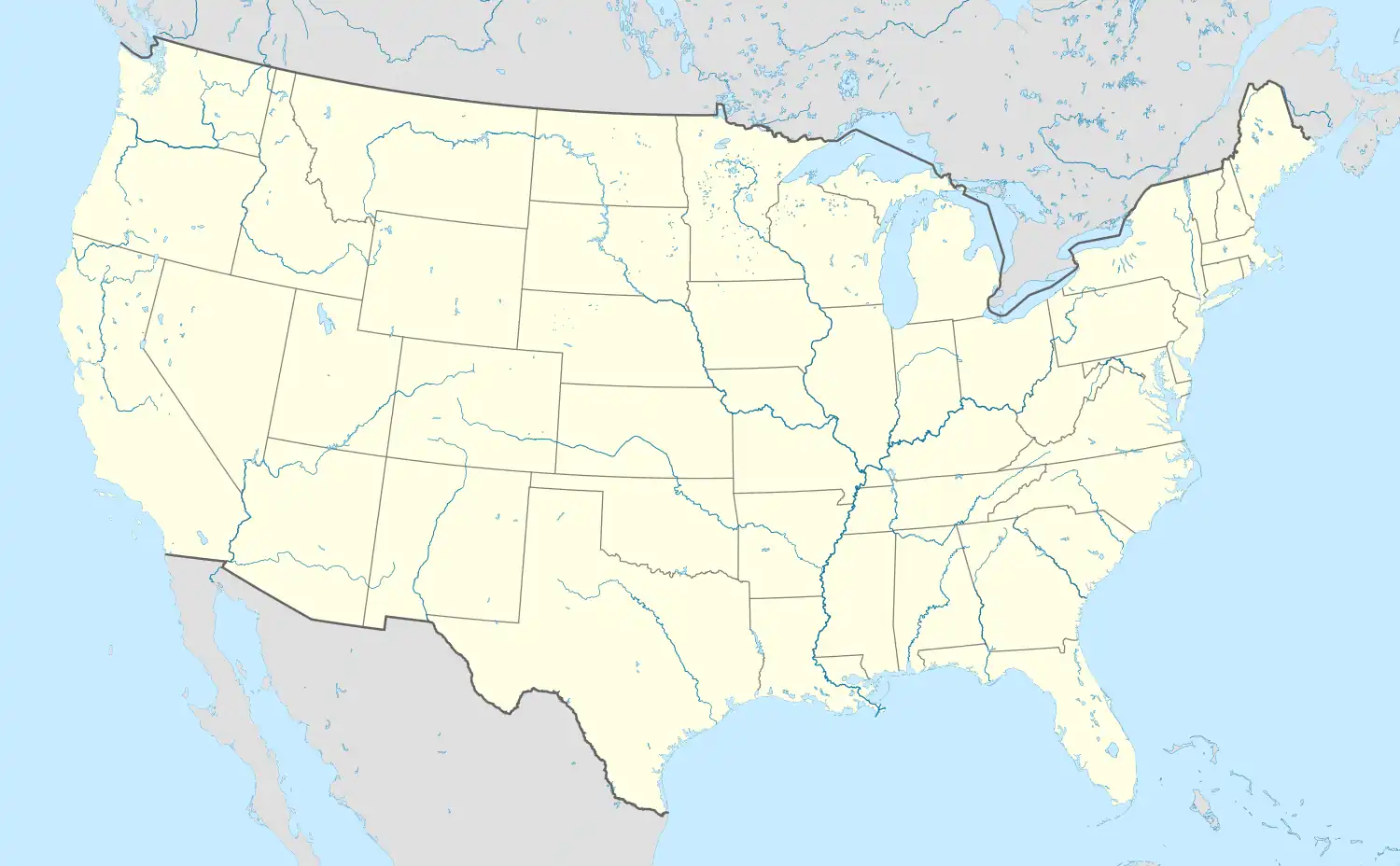Masonboro Sound Historic District | |
  | |
| Location | Bounded by Market St., Wallace Park, Gibson Ave., Wrightsville Ave. and S. Eighteenth St., Wilmington, North Carolina |
|---|---|
| Coordinates | 34°10′40″N 77°50′45″W / 34.17778°N 77.84583°W |
| Area | 282 acres (114 ha) |
| Built | c. 1835, c. 1870-1942 |
| Architect | Henry Bacon, Et al. |
| Architectural style | Late 19th And 20th Century Revivals, Colonial Revival, Italian Renaissance |
| NRHP reference No. | 92001334[1] |
| Added to NRHP | October 22, 1992 |
Masonboro Sound Historic District is a national historic district located near Wilmington, New Hanover County, North Carolina. The district encompasses 22 contributing buildings, 2 contributing sites, 8 contributing structures, and 1 contributing object near Wilmington. The district developed during the 19th and early-20th century and includes notable examples of Italian Renaissance and Colonial Revival style architecture. There are 10 contributing dwellings and 13 contributing outbuildings. Notable dwellings include the Carr-Ormand House (1932), Willard-Sprunt-Woolvin House (1880), Cazaux-Williams-Crow House (Halcyon Hall, 1877, 1880s, 1937), Parsley-Love House (Hickory Hill, 1885, 1912), Live Oaks (1913), Taylor-Bissinger House (1937), the "Doll House" (1924), and Hill-Anderson Cottage (c. 1835).[2]
It was listed on the National Register of Historic Places in 1992.[1]
References
- 1 2 "National Register Information System – (#92001334)". National Register of Historic Places. National Park Service. July 9, 2010.
- ↑ Davyd Foard Hood; Ruth Little; Claudia Brown; John Clauser & Dolores Hall (June 1992). "Masonboro Sound Historic District" (pdf). National Register of Historic Places - Nomination and Inventory. North Carolina State Historic Preservation Office. Retrieved February 1, 2015.

